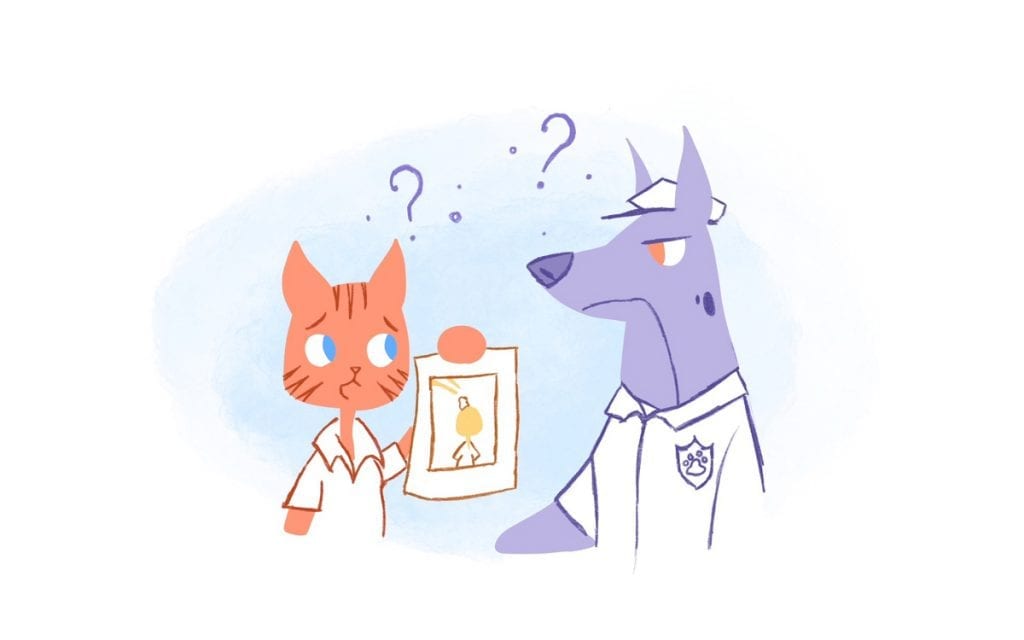

“An investment in knowledge pays the best interest” — Benjamin Franklin
There’s no doubt that the cost of education, which involves both time and money, is often prohibitive. However, the people who invest in these resources often end up richer. Not just because they’ve improvised their financial standing, but also because they’ve enriched their minds as well.
And, this is especially true when it comes to your team.
Team members who constantly upgrade their skills are better positioned to use the latest technologies and strategies. In turn, they’ll be more innovative and productive. Moreover, they’ll be more engaged and loyal to your business.
Additionally, employees value education even more so than employers.
- Learning and development at work are essential to 87% of millennials.
- According to employees, 76% believe a company would be more appealing if it offered skill training to its employees.
- 74% of surveyed employees feel they are not reaching their full potential at work because of a lack of development opportunities.
- To stay employed, 74% of workers are willing to acquire new skills or retrain.
- 29% of employees in an organization are “very satisfied” with the career advancement opportunities available to them.
So, yeah. Providing continuing education for your team is a no-brainer as it benefits both parties. But, how can you actually deliver this perk for them? Well, here are ten ideas for you to explore.
1. Launch a coaching or mentoring program.
“One of the most common ways to provide continuous learning opportunities is by arranging face-to-face training,” notes Robert Half. “This could be at an external venue or at your own offices.”
What’s more, the format of sessions and group size can vary depending on your team’s needs. For example, you could book a venue, like an auditorium, and host presentation-style teaching. Or, you could provide personalized one-on-one instruction.
In addition to coaching opportunities, you could also introduce a mentoring program. Here, experienced team members share their knowledge with newer, less experienced employees, explains Robert Half. As a result, this helps your team develop valuable skills.
Additionally, mentoring “ensures that you retain valuable knowledge which has been learned through years of experiences.” For example, if those employees left the company due to retirement, this knowledge would be totally lost.
Do you, or any other mentor you bring in, strapped for time? No problem. You can still find time for mentoring by;
- Consider virtual meetings and groups, networking, and reverse mentoring opportunities.
- Don’t overcommit yourself. Instead, pay attention to a select few, aka proteges, based on performance and potential.
- Block out specific days in your calendar to meet with mentees.
- Get innovative, like checking in with proteges while traveling for work.
- Delegate tasks to them.
- Create and distribute mentoring references, think Word docs, FAQ pages, Wikis, or instructional videos.
2. Offer continuing education credits.
Do you know that about 84% of Americans say a college education is essential to success in life? Specifically, 47% report that it’s extreme, while 37% state that it’s important. To be honest, that shouldn’t be too shocking considering that education provides more opportunities, gives people a competitive edge, and teaches them essential soft skills.
Continuing education at the workplace is a great way to inspire employees’ learning. Perhaps you can provide a more specific course list relevant to your industry and assist them with the cost. It’s also common for employers to pay for certification courses to ensure employees are well-trained.
Some companies, however, leave the door open by giving classes credit without any restrictions. That means employees can learn anything they want — even if it’s not directly linked with their job. So, everything from economics to learning a new language or hobby is fair game.
3. Draw connections to performance.
“Being certified brings confidence and sureness to your day-to-day role,” says Ruth Hartgen, director of HR at HRCI. For instance, when it comes to HR, “You have to recertify every three years, so your knowledge never stagnates.”
Select a certification that supports each employee’s career goals and allows them to grow personally. “Show how certification helps them progress within the organization,” Hartgen suggests.
What’s more, newly certified employees can be a valuable source of inspiration to get their colleagues to follow in their footsteps. For example, you could ask them to share how their certification has improved their practice, enriched their performance, and assisted them in achieving their goals.
4. Set up a book club.
Usually, when you think of a book club, it’s an out-of-work activity where a group of friends gathers to discuss a novel they’ve all read together. However, this concept can also be used to help employees develop on-the-job knowledge.
The books you select should encourage your team to grow professionally and personally. A wide range of topics is available, from productivity hacks to collaboration to staying abreast of the latest trends. Or, you can choose according to what your team is interested in.
After you’ve found a book, give everyone a week or two to read it. Everyone can then gather at lunch to discuss the book and how to apply its tactics to their own lives.
5. Schedule lunchtime speakers.
A lunch break is unavoidable during an eight-hour workday. While your team eats, why not give them a chance to strengthen or develop new skills?
Whether the speaker is from inside or outside the company, a brown bag lunch brings your team together. But, more importantly, this allows them to gain new knowledge or insights.
Also, the possibilities for topics that would continue staff education are endless;
- How to never miss deadlines or assignments again.
- Time management tips.
- How to achieve life/work integration.
- New approaches to sales and marketing.
- How to sharpen communication skills.
- The best productivity apps.
- How to think outside the box.
- Stress management tips.
- How to keep inboxes in check.
- 401(k) and benefits options.
And, your team won’t feel as if a lunchtime speaker is overwhelming them because they will learn something useful for their career and personal lives.
6. Implement the 70/20/10 rule.
In order to learn and grow, you need to have three types of experience based upon a ratio of:
- 70% challenging experiences and assignments
- 20% developmental relationships
- 10% coursework and training
A critical takeaway from this rule is that relationships are the foundation of social learning. Studies also show that when individuals learn together, they learn more effectively. As such, you should tap into the power of group learning opportunities.
In the book mentioned above, club and learning lunches are examples of group learning opportunities. Employees can also share challenges and brainstorm solutions during frequent “fireside” sessions. Or, you could partake in team-building activities like trivia or scavenger hunts.
7. Let them choose their own adventure.
Are there industry events, workshops, webinars, or online classes your team members want to attend? Could you encourage them to participate? Even if you don’t have the resources to cover all of their expenses, you could grant them a more flexible schedule so that they can attend.
In addition to covering the latest industry trends and honing their skills, these events also present priceless networking opportunities. I would suggest that you review the speaker list and content topics before giving them the green light. It’s a simple way to ensure that your team members aren’t wasting their time.
8. Organize a library of resources.
When employees know that these resources are readily available, they’re more inclined to try out a book or course. With that in mind, provide a professional development library in the corner of your office if you have the space.
Books on self-improvement and building skills specific to your industry should be included. If you wish, you can consist of guides written by your business’ senior management.
What if physical space is limited? No worries. Construct an electronic bank of resources like audiobooks, podcasts, videos, ebooks, and training manuals. Just make sure that you legally acquire these materials.
Another option? Provide your time with subscriptions to industry publications or online learning platforms.
9. Create a corporate Toastmasters club.
Employees can fill existing skills gaps in their organizations or in their communities by joining a corporate Toastmasters club. In particular, Toastmasters helps employees learn how to run meetings, practice time management, and improve their listening skills, among other things.
Even better? You can create your own corporate Toastmaster Club using the following five steps:
- First, find at least 20 people over the age of 18 who want to join.
- Designate and secure a meeting location.
- Fill out and submit the requisite new club forms to World Headquarters.
- Fill out the Start a Club form and request more information.
- Download a copy of How to Build a Toastmasters Club, a step-by-step guide to growing a successful club.
Doing hands-on tasks (e.g., giving speeches or taking on various meeting roles), these club meetings develop communication and leadership skills in members.
10. Recognize learning as an achievement.
Businesses reward what they value. Sounds straightforward. Despite this, so many businesses don’t encourage continuing education and learning.
The answer? You need to demonstrate an actual appreciation for learning.
There is no question that results matter. For example, a measurable ROI would be if an online course boosted employee productivity. First, however, your team must recognize learning as an achievement so that they’ll be motivated to keep on learning.
One idea would be to reward learning by presenting completion certificates to these team members in front of everyone else. Another would be constructing an “achievement wall.” Or, you could reward them with vouchers, small gifts, or paid time off.
Image Credit: Fox; Pexels; Thank you!











John Hall
John Hall is the co-founder of Calendar a scheduling and time management app. He’s also a keynote speaker that you can book at http://www.johnhallspeaking.com.